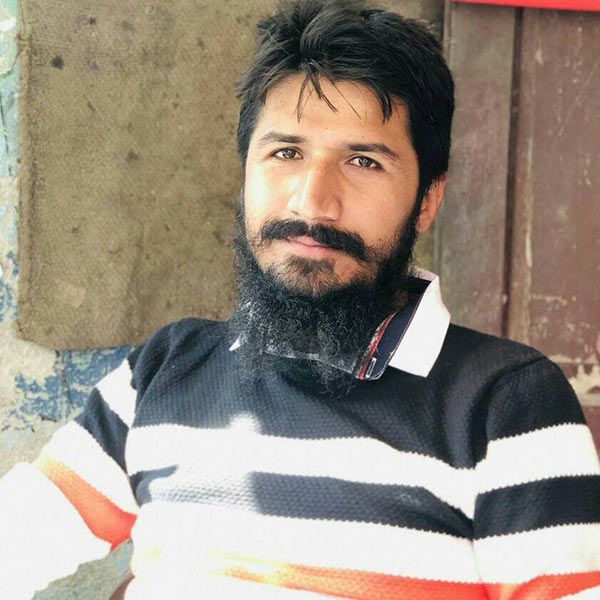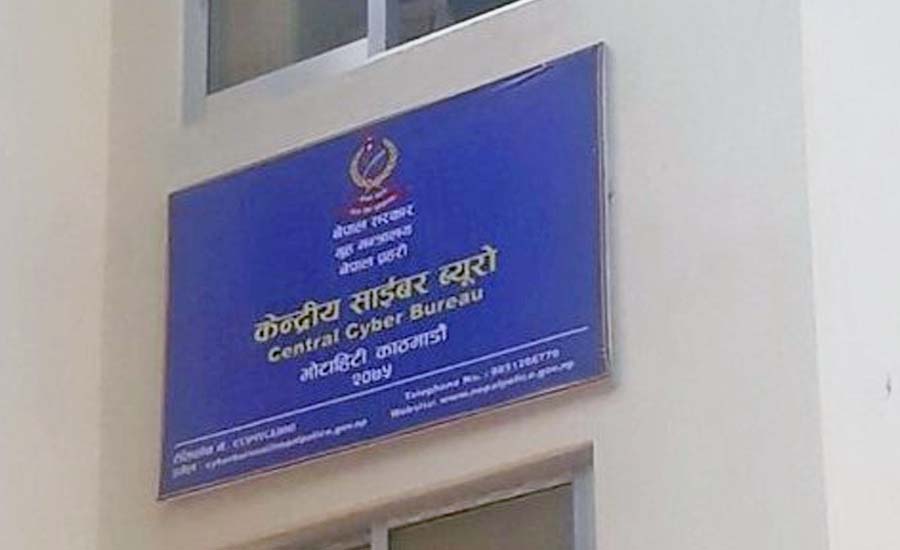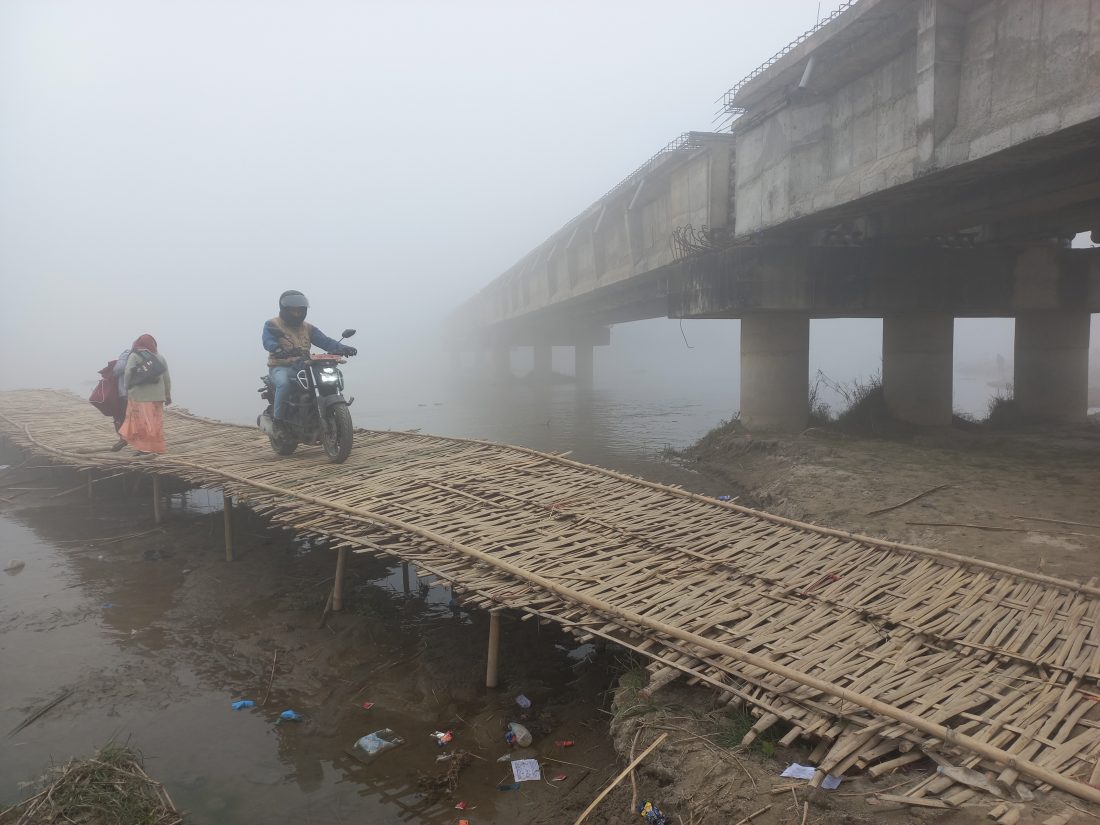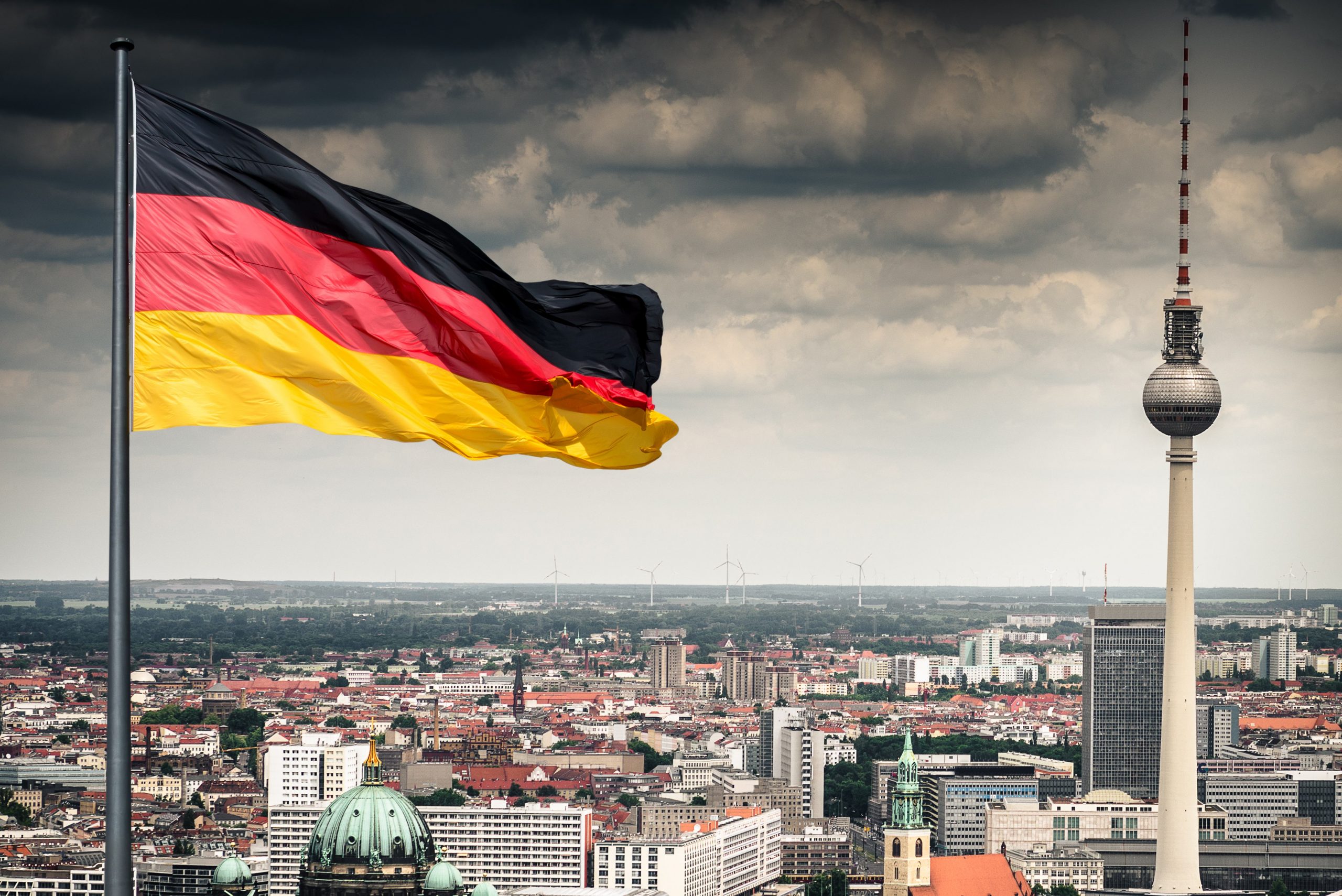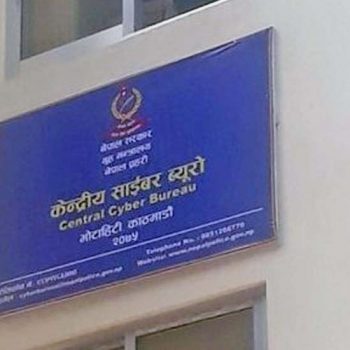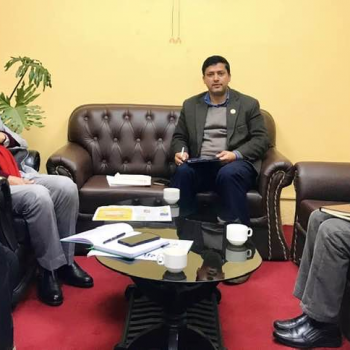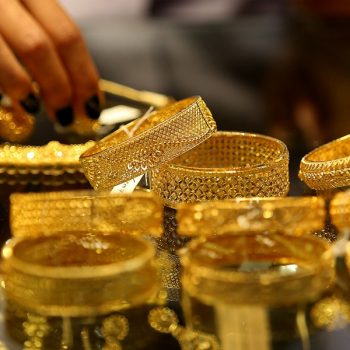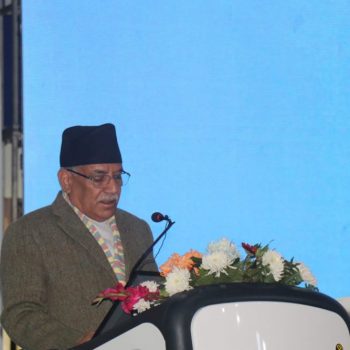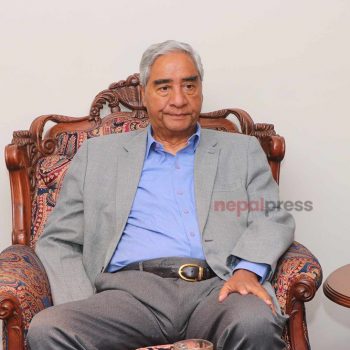Bangladeshi tourism entrepreneur: ‘Bangladeshis have bottomless attraction towards Nepal’
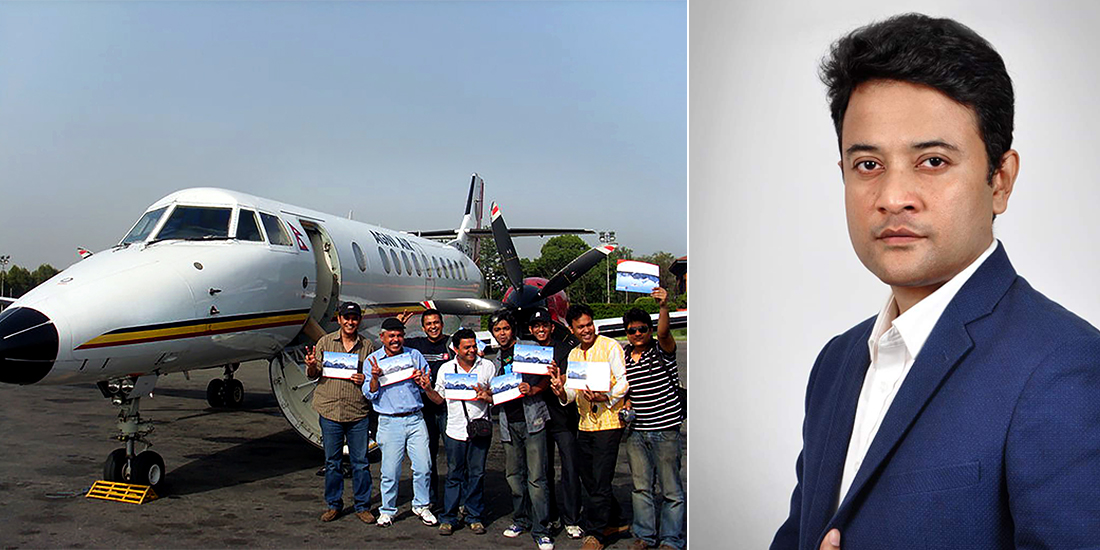
Nauroz Imtiaz, 44, is a journalist-turned-tourism entrepreneur from Bangladesh. Having worked in various media outlets in Bangladesh, including ATN News Limited, Somoy Television, ABC Radio 89.2 FM, CSBNews, The Daily JaiJai Din, The Daily Prothom Alo, and The Daily Bhorer Kagoj, Nauroz has run Dhaka-based Chhuti Bangladesh Limited since 2014. As an inbound tour operator, he has served tourists from Nepal, India, Canada, the USA, the UK, Germany, Australia, Italy, Austria, China, Japan, Korea, Norway, and the Netherlands in Bangladesh. Plus, as an outbound tour operator, he has served in India, Nepal, Bhutan, Thailand, Indonesia, Malaysia, Singapore, Vietnam, Maldives, Sri Lanka, China, Egypt, Turkey etc. He has been to Nepal multiple times and has guided tours for more than 100 travelers from Bangladesh. Nauroz has talked to Birat Anupam about various aspects of Nepal-Bangladesh tourism ties and cooperation areas, among others. Excerpts:
When did you come to Nepal for the first time? What is your impression of Nepal so far?
I started considering Nepal as my second home once I came by first in 2004. After that, I visited this beautiful country more or less 10 times. So near to my country! I can arrive here anytime just by an hour’s flight. If my reality permitted me, I would come to Nepal once every month.
I have gone through all types of weathers in Nepal including shivering in extreme cold and also impressed by the sight of summer or drizzling rain. I have had an unforgettable experience driving throughout the hilly motorway from Kathmandu to Pokhara as well as an adventure flight to Lukla. I was involved in organizing mountaineering clubs and associates in Bangladesh since 2001 from which clubs some Bangladeshi mountaineers summited a few 8K meters peaks including Everest later on.
Of all the countries I have travelled to, the people of Nepal are my top favorite. All of them are so simple, so friendly, so honest, so sincere, and so hospitable.
Every time I visit Nepal, I try to secure at least one day for roaming around the area of Thamel within Kathmandu. Though I am not a shopping freak, I love to step around the streets of Nepal. I always wonder about seeing the girls of this country who are very hard-working and look confident. Seeing their strong walk or riding bikes on the streets, I think it is a follow for the girls of my country.
I am also fond of Nepalese Non-Veg Thali. I never miss the chance to have this dish as my lunch or dinner while touring Nepal.
In the last week of January, you were in East Nepal (Province 1) in the PATA Nepal chapter’s DMC program. How was your experience?
Having experience in participating in various events related to both journalism and tourism at home and abroad, I have been endowed to interact with numerous important people from different sectors in the last 27 years.
But the event I attended in the last week of January 2023 in the eastern region of Nepal organized by the PATA Nepal Chapter will remain one of the most remarkable events in my life. Having been to Nepal multiple times earlier, my expectations for this trip were simply zero. I knew that the eastern part of Nepal is largely plain land, which I often see in my own country.
But a big surprise was waiting for me.
The scenic beauty of this region is second to none. The weather was wonderful and the temperature is very comfortable.
Most important is that I came to meet some amazing people, who are very cordial, knowledgeable, experienced, and dedicated to their responsibilities. I could be able to introduce myself to some professional tours and trekking operators of Nepal with whom I would like to do business shortly.
We stayed overnight in different areas each day and our journey was extended. But I loved the endless chat with newly oriented people meanwhile. I would never be able to repay the purest love and notable hospitality with which the people of remote villages have hosted us. A whole week passed like just a dream.
I never forget the moment of a heartful farewell episode while returning from Biratnagar at midnight.
I am blessed to mention especially the President of the PATA Nepal Chapter Mr Bibhuti Chand Thakur and his wonderful wife Charu Chand Thakur who stole my heart on this trip. Such a learned and jolly-minded couple I have not seen the second. I was also overwhelmed by the perseverance and dedication of the officials and activists of the PATA Nepal Chapter and a few tourism students who volunteered throughout the entire event.
Bangladeshi travelers are said to have one of the biggest outbound numbers in South Asia. Annually Bangladesh does have around 30 million outbound travelers. In 2022, just 35,300 Bangladeshi tourists came to Nepal. Nepal has easy visa rules for Bangladeshis plus there is a direct flight from Dhaka to Kathmandu. Why fewer Bangladeshis are coming to Nepal compared to India where Bangladesh comes as either the first or second tourist source country?
Being residents of a summer-based country, Bangladeshi tourists have an irresistible interest to travel to a cold destination. As such, common Bangladeshis have a bottomless attraction towards Nepal.
However, the statistics of India cannot be likened since Bangladesh has broad borders with India on three sides with many land ports. A significant number of people travel to India for better medical treatment purposes, and many of them visit relatives who were separated due to partition in 1947. Many have thousands of trades with Indian businessmen, which is why they have to travel frequently. More importantly, India is such a large country and so diverse, hence the number of destinations.
However, if a few obstacles are removed, it is likely to inflate the number of Bangladeshi tourists in Nepal multiple times:
Target middle-class tourists: This category of tourists usually prefers travelling to Nepal by air. But in the post-COVID-19 era, the airfares of direct flights are higher than before. If the authorities of the two countries jointly offer some tariff and tax exemptions, the airfares may come down a bit. On the other hand, Indian tourists can enjoy some additional benefits and discounts on many services in Nepal upon the bilateral treaty. If such an offer is made for Bangladeshis, the middle-class tourist segment will become motivated in droves.
Target budget tourist: To reduce the cost, this class is interested in travelling to Nepal by road instead of air. In that case, it is mandatory to have Double Entry Visa to India which was discontinued due to COVID-19. If this visa is made easy, the number of Bangladeshi tourists going to Kathmandu through Kakarbhitta land port will increase a lot. Apart from this, if there are good quality budget hotels, restaurants, and sightseeing facilities in the eastern area adjacent to Kakarbhitta, the segment of budget tourists, especially the student group, will increase.
Yearlong Promotion: Along with Bangladeshi tour operators, Indian tourism organizations also do online and offline marketing throughout the year targeting Bangladeshi tourists. Such an initiative from Nepal has not been noticed yet. We are the only Bangladeshi operators to do such. Positive results can be obtained if everyday marketing is operated by the Nepal Tourism Authority, tour operators’ organizations, and other parties of stakeholders. Brochures and digital marketing should be prepared in the Bangla language. Nepal tourism fairs can be held in Dhaka, Chittagong, and other divisional cities. Bangladeshi operators will surely work together on this.
It should be retained that a large number of Bangladeshis visit Darjeeling, Asam, Meghalaya and Sikkim repeatedly from the appeal of cold tourism spots. If a massive campaign is launched targeting them, Nepal will get its results.
You have journalistic experience also. How can we bridge the journalistic sector of these two nations for better tourism ties?
Both Bangladesh and Nepal have several active organizations and alliances for journalists. But we have never noticed any adequate initiative or reflection to inaugurate a coalition at the level of journalism between both neighbors.
I guess that the Press Clubs of the two countries and the top journalist leadership level might be in official or organizational contact at the national level. However, to get effective results, exchange trip programs of active and field-level journalists of the two countries should be launched.
For example, each group of 10 journalists from one country would be invited on a fam trip to another country at regular intervals. They will go back and publish a series of reports on tourism in the relevant newspapers and on television. The selection of eligible journalists must be made based on their recent journalistic activities, effectiveness, and exposures instead of considering their good connections or leadership positions of any particular organization. These exchange tours could be arranged thrice a year.
As Nepal has the world’s highest mountain ranges, Bangladesh has the world’s longest beach Cox’s Bazar, and the largest mangrove forest Sundarbans. Both countries will be benefited from the exchange of tours for journalists between the two countries. Once frequent news coverage is regulated throughout the year instead of occasional coverage, tourism will be a regular topic of discussion.
Not only the journalists’ organizations of the two countries but also the tourism organizations and embassies of both sides can take this initiative to exchange visits on regular basis. I can ensure you that the tourism department of Bangladesh can afford the finance for this frequent program. If the Nepal side can do the same, notable endeavors could be visible.
Please note that I am particularly keen to personally embark on adequate communication and coordination from Bangladesh part in this regard.
What, in your eyes as a traveler and travel entrepreneur, are Bangladeshi attractions towards Nepal?
As a resident of a warm country, the cold regions of Nepal have always been the top attraction for Bangladeshi tourists. We who regularly send Bangladeshi tourists to Nepal, plan and offer 3 to 6-night tour packages particularly based in Kathmandu, Pokhara, and Nagarkot. Apart from this, Chitwan is also quite a fascinating place. In the last 15 years, trekking destinations like Everest Base Camp and Annapurna Trail have also become popular among young tourists in Bangladesh. On the other hand, a cluster of tourists has also become interested in Himalayan flights.
I think, apart from the above, activity-based destinations like trekking, rafting, bungee jumping, and paragliding in other regions can become popular for Bangladeshi tourists in the future.
However, information about these untouched destinations is very limited for tourists in Bangladesh. It is also possible to create interest in these destinations if mass promotion on social media is launched.
Apart from this, for those who intend to travel to Kathmandu via Kakarbhitta by road, a comprehensive promotion of eastern destinations could be switched on. Then the number of Bangladeshi tourists will boost in the locations like Biratnagar, Dhankuta, Dharan, etc.
From Bangladeshi borders, East Nepal is less than an hour’s drive. However, tourists are not coming that way. You also have boarded a flight to come to Nepal. Why is this happening?
Since I can afford airfare and saving time is particularly noteworthy to me, I always prefer to take flights. I think all middle-class or upper-class tourists will always prefer flights as well. But the young and budget-tourists have the foremost objective of saving money and the number of this cluster of tourists is considerably higher.
Although geographically the distance between Nepal and Bangladesh border is not too far, the main obstacle to travel from Bangladesh to Nepal by road is the restriction of a Double Entry Visa. Indian authorities have not been issuing these visas to Bangladeshis for a long time due to COVID-19. But recently it is in the process of resuming.
Banglabandha is the closest land port of Bangladesh to the Kakarbhitta border of Nepal, which shares the Fulbari border in India side. The distance from Fulbari to Kakarbhitta is 37 km, and the travel time is only 1 hour by normal car. But India does not encourage issuing visas to Bangladeshis through this land port. As an alternative, India always promotes another busy land port, named Changrabandha. The distance from Changrabandha to Kakarbhitta is 110 km, a minimum drive of 2 hours and 45 minutes which causes a waste of time and cost as well as a lot of suffering.
As far as I understand, common tourists of Nepal will prefer to visit Bangladesh by air instead of by road. But since the Bangladeshi young and budget tourists will want to go overland, it has a noteworthy appeal in Nepal’s foreign exchange earnings and tourism development, so Nepal authorities should start dialogues with Indian authorities to negotiate the ease of the Double/Multiple Entry Visa for Bangladeshi tourists. Needless to say, even if there is no prospect to benefit financially, the Bangladeshi authorities will altogether unite in this process.
Another important point: travelling from Kakarbhitta to Kathmandu also needs to be made comfortable. Currently, this route takes 18 to 24 hours. If the travelling time can be reduced by introducing modern and fast-moving bus services or other vehicles, the tourist will be more motivated. Apart from this, comfortable restrooms, restaurants, toilets and other facilities for tourists should also be increased in the Kakarbhitta land port area.
How can Nepal and Bangladesh work for cross-border tourism ties, mainly for overland tourism ties?
The reality is that nearly 99% of tourists from Nepal do not travel to Bangladesh by road. Though a few usually travel frequently, their intention is not tourism. Having travelled to Nepal several times, I have witnessed that Nepali people have boundless love and affection for Bangladesh and its people. While Bangladeshi tourists have more or less idea about Nepal’s tourist attractions, rather Nepalese people have less idea about Bangladesh tourism. Although some Nepali students come to Bangladesh every year for academic purposes, mostly medical study, regular Nepalese tourists do not come to Bangladesh for only tourism.
For exclusively pure tourism, a considerable number of tourists from Bangladesh travel to diverse destinations including Darjeeling, Kalimpong, Sikkim, Shillong, and Cherrapunji in India through land ports. They mostly take Single Entry Tourist Visas from Indian High Commission. A few numbers of these tourists travel to Nepal or Bhutan with Double Entry Visas.
Upon this reality, Bangladesh, India, and Nepal need to start a tripartite dialogue to simplify the visa procedure. Concerned tourism entrepreneurs, trade organizations, journalists’ forums, and other stakeholders can exert collective pressure on policymakers regularly. Facilitation of a double entry visa will aid not only Nepal or Bhutan but also tourism in adjacent parts of India. Therefore, if the traffic of tourists increases, everyone is more or less likely to benefit.
When Bangladesh or Nepal issues a visa, there is no specific land port or airport mentioned. Regardless of when the Indian authorities issue visas to Bangladeshis, the particular land port is mentioned according to the visa application form of the applicant who was allowed to select only a specific port. Moreover, all airports, Petrapol and Agartala land port, and Gede railway port are also mentioned by default. Usually, a tourist visa allows single entry only to India. If the visa policy of India is altered to facilitate the allowance of any border and multiple entries, the entire scenario will be switched dramatically. It means tourists can plan and decide to travel to any destination in Nepal, Bhutan, or India anytime if they acquire valid visas for India.
Along with simplifying the visa issuing approach, only if the journey can be made smooth and comfortable, the influx of Bangladeshi tourists will come down. There are so many modern, fast, and comfortable bus services from Dhaka to Changrabandha or Fulbari land port already and the road condition is excellent. Moreover, domestic fights are also cheaper from Dhaka to the nearest airport of Indian borders.
Therefore, it is the responsibility of the respective authorities to smoothen the road condition both on the Indian and the Nepalese parts and make the travel experience comfortable and faster.
What needs to be done by Nepal Tourism Board and Nepal Government to lure more Bangladeshi tourists? What needs to be improved in infrastructures, human resources or information, among others?
The government of Nepal and its Tourism Authorities have some crucial initiatives to take in attracting Bangladeshi tourists.
Digital Marketing: People of Bangladesh are very much used to Facebook, Instagram, and YouTube. The information on tourist attractions of Nepal along with special offers and discounts exclusively for Bangladeshi tourists should be promoted through social media on a wide basis. Concern tourism entrepreneurs of Bangladesh could be partnered with in this regard as well as involving a few celebrity personalities of Bangladesh as the brand ambassadors of Nepal. Marketing in the Bangla language instead of English could have far-reaching results. Even Nepalese tour operators should have the feature to select the Bangla language in addition to English on their website.
Special offers for Bangladeshis: Indian citizens get special benefits in hotels, transport, tourist spots, and domestic air tickets in Nepal under a particular bilateral treaty. If similar facilities are offered, a large number of Bangladeshi tourists will become interested in visiting Nepal.
Bangladeshi events in Nepal: Musical concerts or sports competitions or any big events of Bangladeshi artists can be organized in Kathmandu, Pokhara, or any other major cities. It will be attracting many Bangladeshis.
Multiple Travel Incentives: An additional $30 travel tax is charged for second-time trips to Nepal in the same year. Many are discouraged by this extra $30. But a repeated tourist could have spent at least $100 each time on their second, third, or fourth trip. So, this provision of $30 should be withdrawn. Rather 2-night free hotel incentive should be offered in the following year to that particular Bangladeshi tourist who travelled to Nepal highest time in a year. This will encourage many tourists to travel more frequently.
Expansion of flights: Airport tax needs to be lowered to reduce fares of direct flights with Dhaka. Apart from this, direct international flights should be launched between Chittagong and Cox’s Bazar along with Kathmandu and Biratnagar.
Nepal Tourism Fair in Bangladesh: Such events should be organized once a year in major cities including Dhaka, whereas Nepalese tour operators, hotels, airlines, and transport traders can display their products and services. If possible, most of the brochures and printed materials should be in Bangla.
Nepal is promoting its tourism magnets in Bangladesh through various fairs mainly in the English language. How effective is English in promoting Nepal in Bangladesh?
The segment of tourists in Bangladesh who are able to understand English can furthermore decide not only for Nepal, but also for India, Bhutan, Sri Lanka, Maldives, Thailand, Malaysia, Vietnam, Indonesia, China, Japan, Cambodia, Africa, the Middle East, and even European destinations. They are also proficient in using the internet to gather information on travelling to Nepal because of their knowledge of English. As a result, most of this target group could potentially reach has already been covered.
But beyond this part, there is another group in significantly large numbers, who are not as fluent in English but are financially competent to travel to Nepal by air or by road. This segment of tourists mostly travels within the country and to various destinations in India. There is no language barrier for them while visiting Kolkata, Siliguri, Kalimpong Darjeeling, and Shillong in India because Bangla is the common language of these regions. The travel cost is also as cheaper as their domestic travel. In addition, since Bollywood movies are watched frequently in Bangladesh, understanding the Hindi language is not too much of difficult. So, they don’t have any hardship travelling to Delhi, Jaipur, Agra, Mumbai, Kashmir, and Kullu-Manali.
If the tourism information of Nepal could be reached to this English non-proficient group through leaflets, brochures, and social media marketing in Bangla, then they can also become motivated in traveling to Nepal in large numbers. This is how they can realize that travelling to Nepal is not more expensive than travelling to Delhi, Jaipur, Mumbai, Agra, Kashmir, and Kullu-Manali in India. This group has sufficient money to travel and a decisive appetite to travel.
This is why I have been repeatedly stressing on marketing in Bangla targeting Bangladeshi tourists. I think it needs to be started, albeit experimentally. Also, the ongoing marketing in English should be strengthened.


